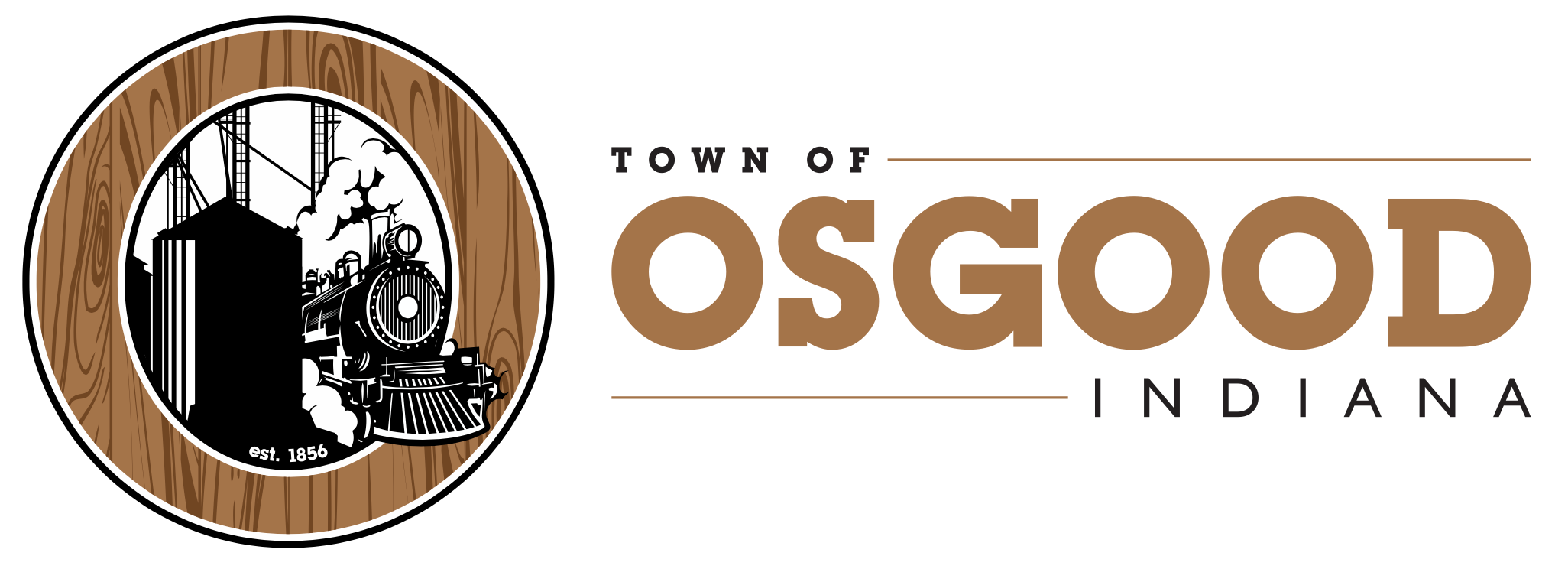
In 1854, the Ohio and Mississippi Railroad Company completed the railroad line through Ripley County.
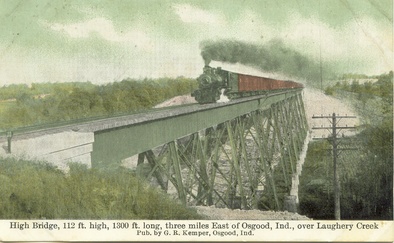
In 1856, George W. Cochran bought the land from Henry Papet and began laying out a town between Napoleon and Versailles. A plank road was built from oak boards between the towns.
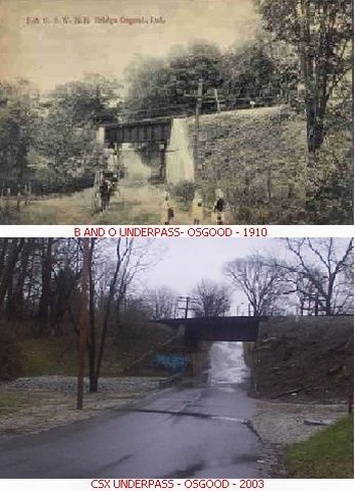
The initial town began on the south side of the railroad.The town was named after Mr. A.L. Osgood, a chief engineer for the Ohio and Mississippi Railroad who was in charge of the surveying crew.
In 1878 Osgood became an incorporated town.
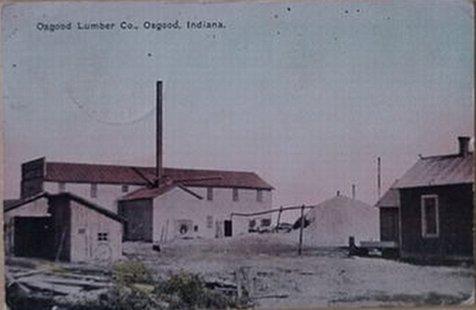
Buckeye street, the current main street, was a part of the plank road between Napoleon and Versailles. In 1898 it was piked with stone.

In 1914 and 1915 - 1200 feet of Buckeye Street was paved with brick for a total cost of $8,858.80.
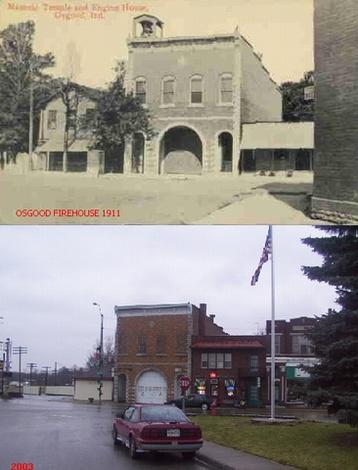
Years later the brick on Buckeye was covered by the State Highway Department. However, Ripley Street remains a brick street and was newly refurbished during the end of 1993.

